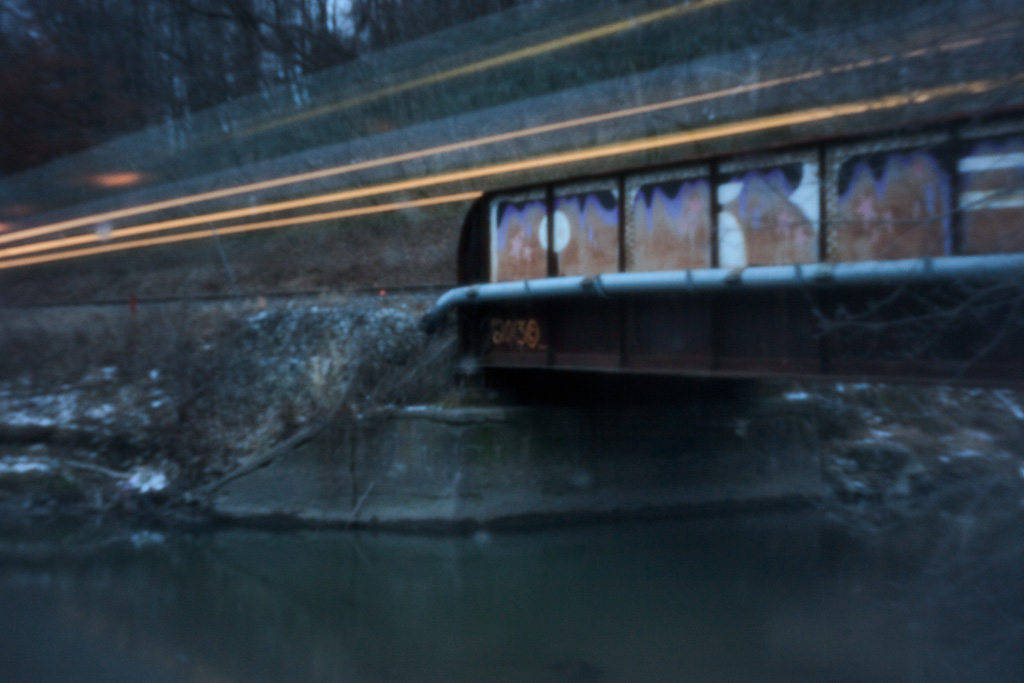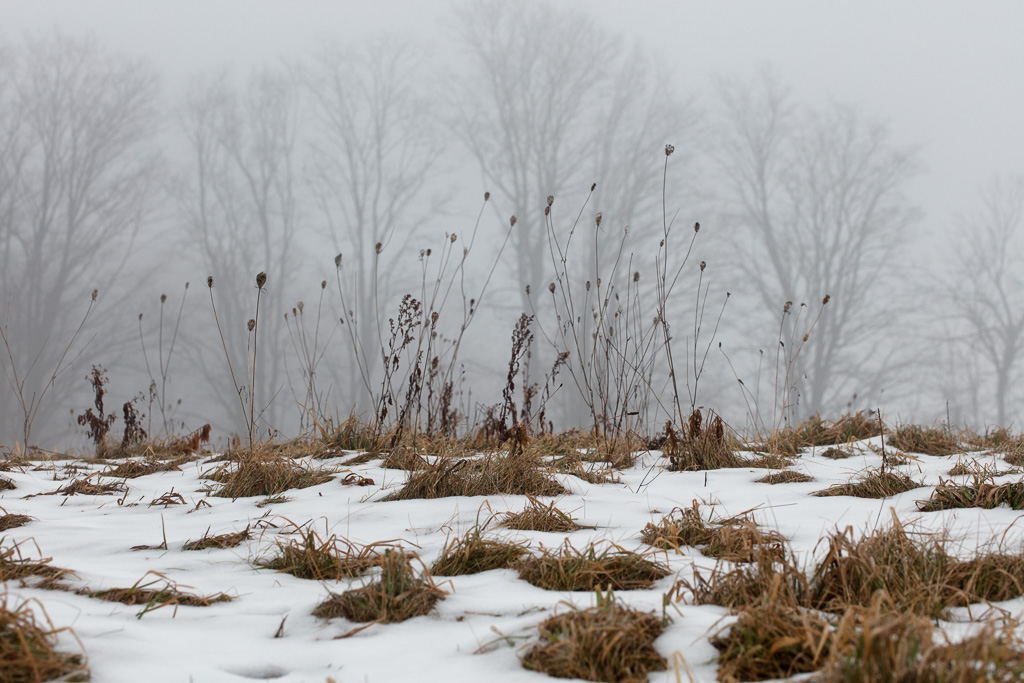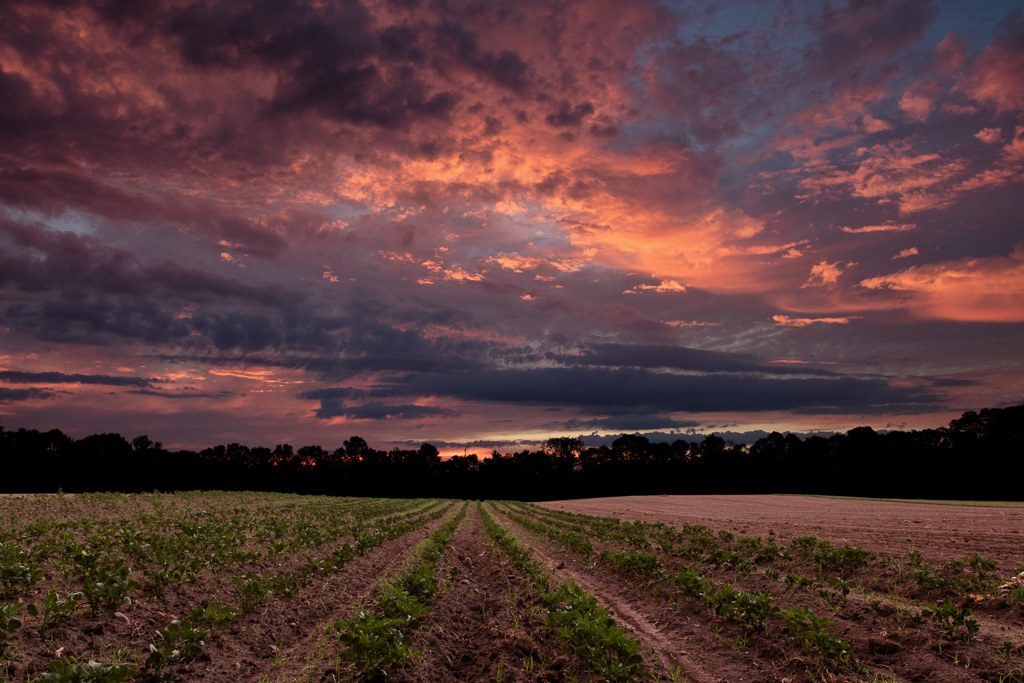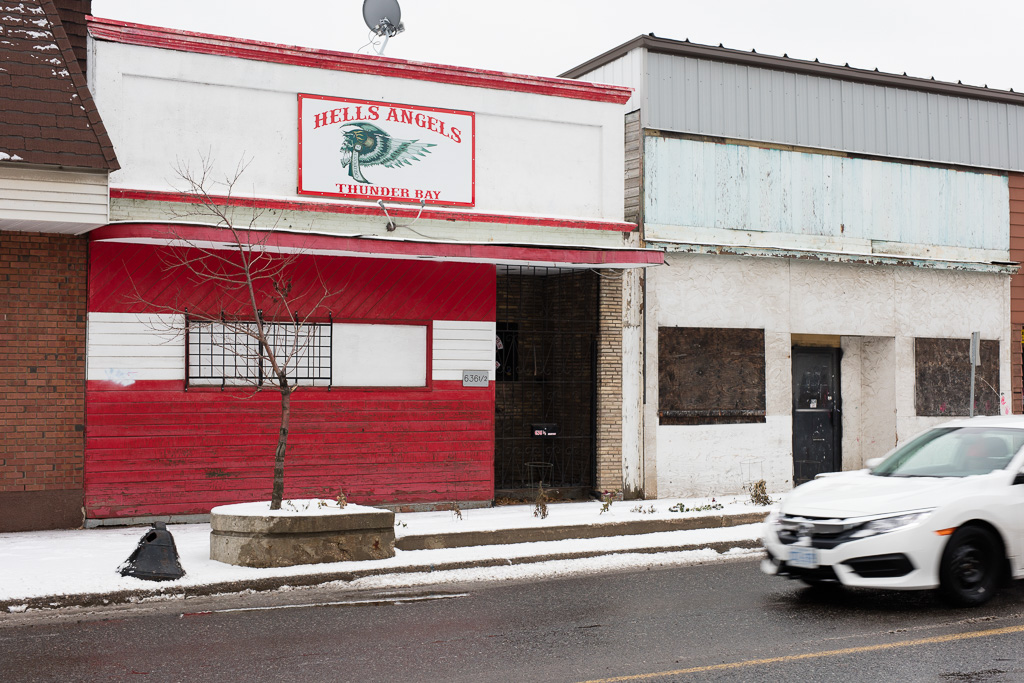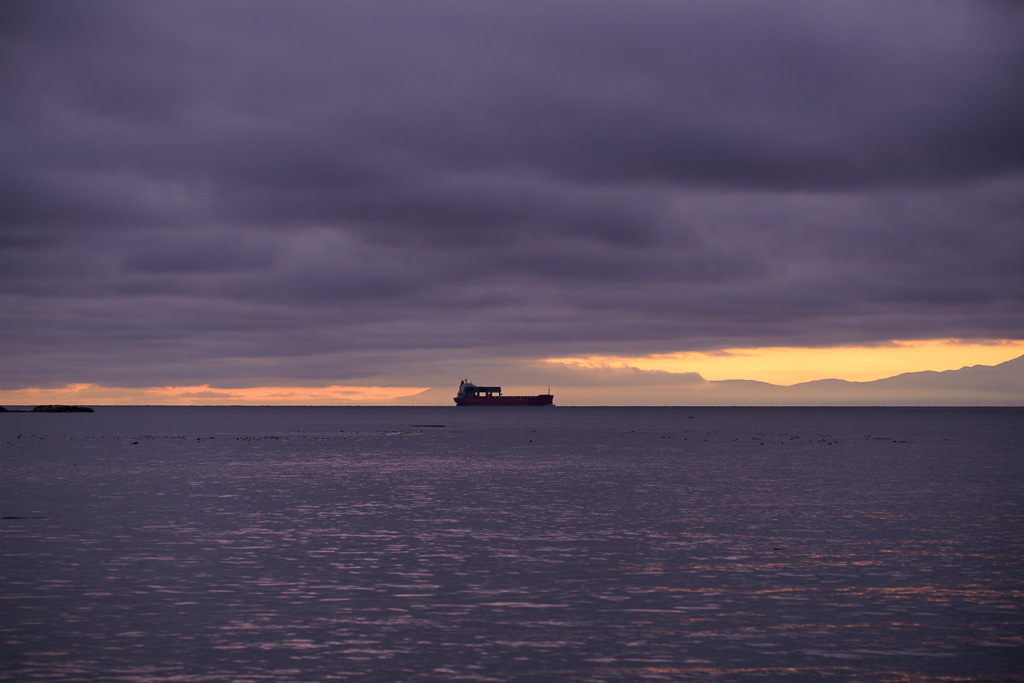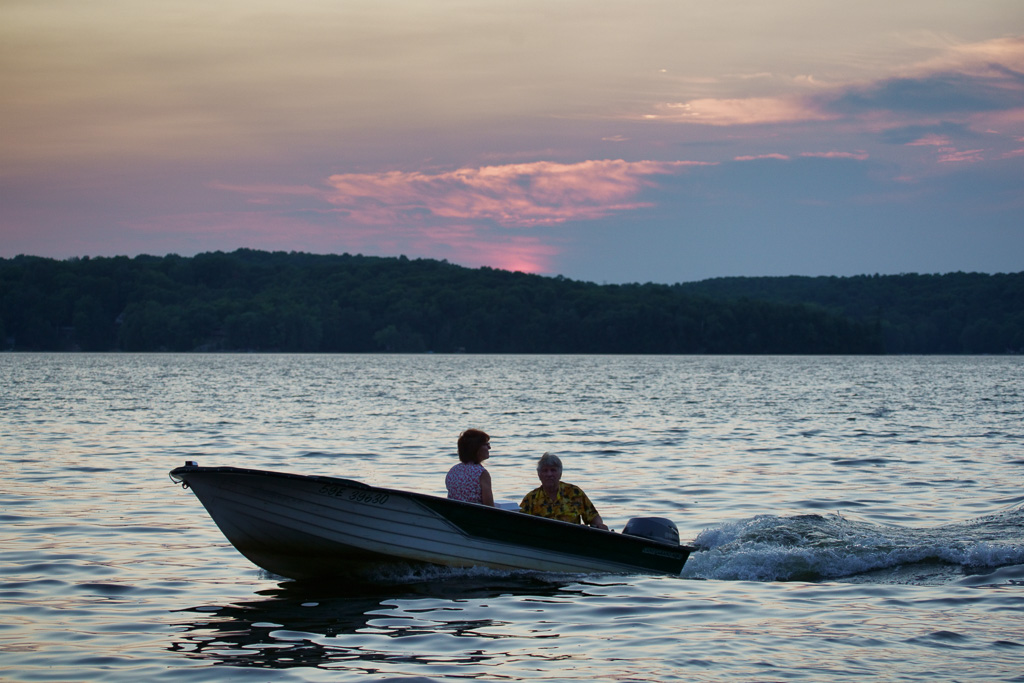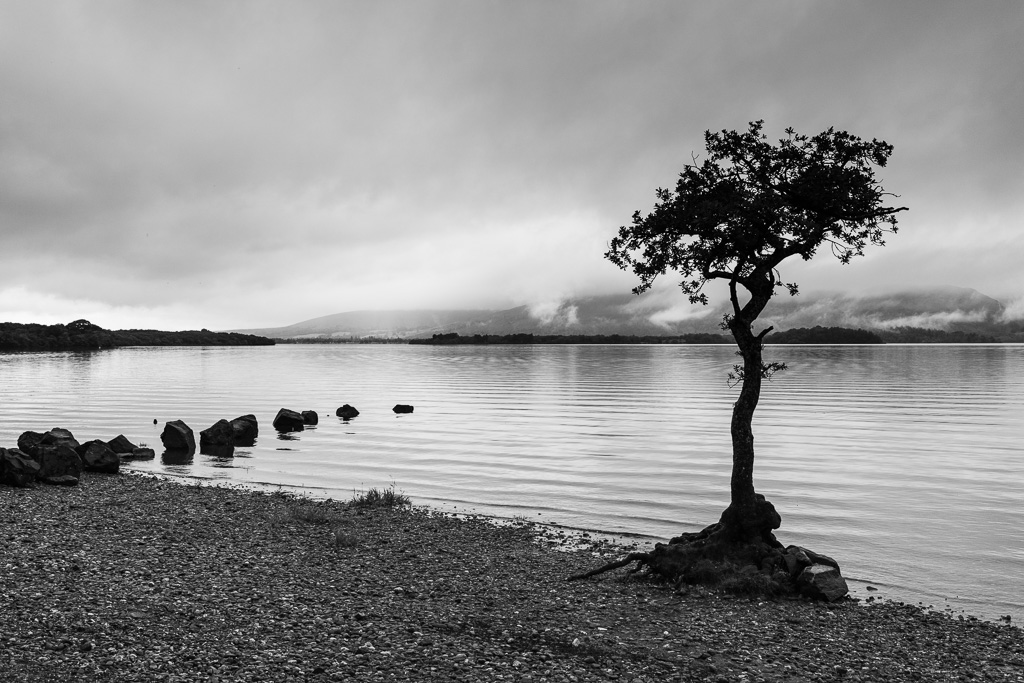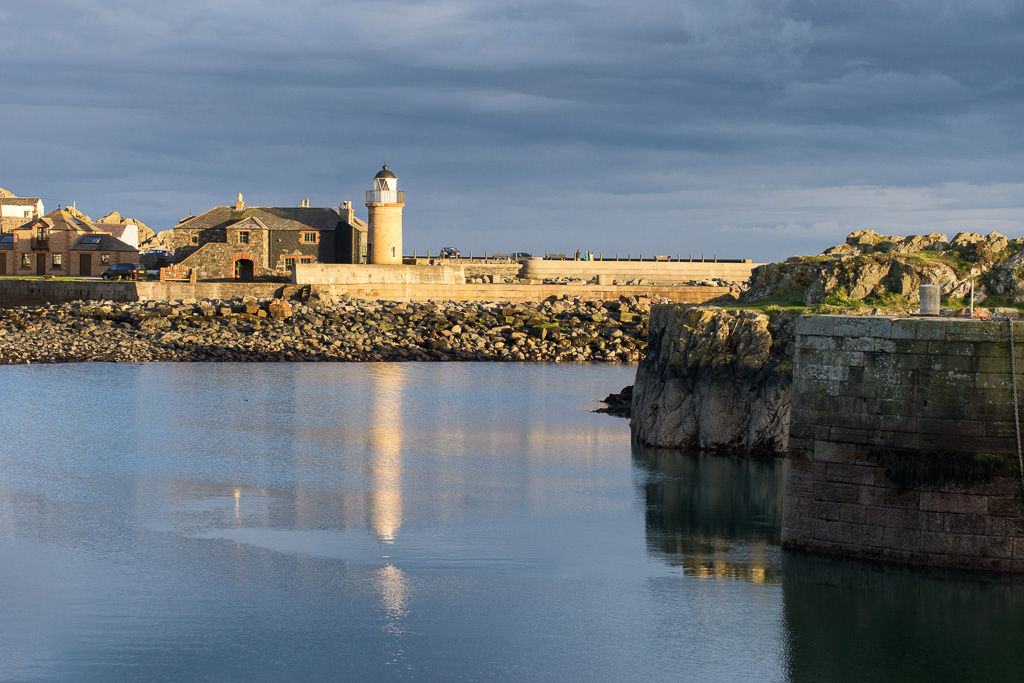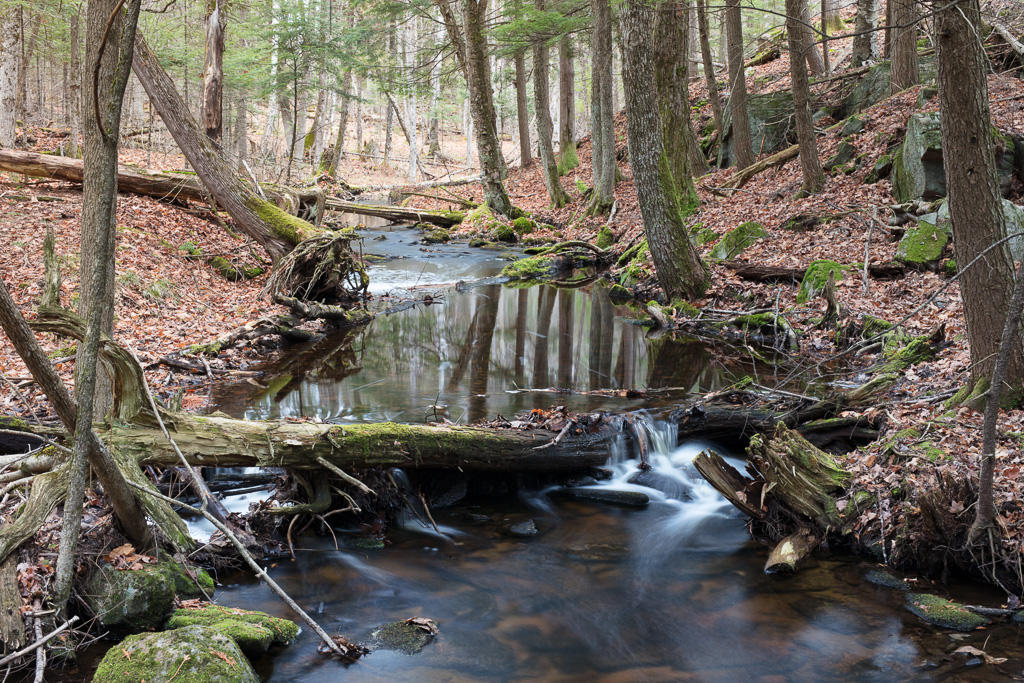
Several years ago, in another context, I lamented the rise of what I described as photographic literalism. It’s a problem produced by search engines which rely on tagging to index photographs. In order to for photographs to rank well in Google searches, the associated tags have to accurately describe what appears in the photograph. We see the same thing on photo sites like Instagram and Flickr where often the photos that get the most attention are those with the best configuration of hashtags.
People have become fixated on the thingness of an image. This is a picture of X. This thing called X is a Platonic X that has about it an ideal quality of Xness. We can name it and classify it and slot it into its proper cubbyhole. Taxonomy is king! Long live the well-named!
While hashtags have their place, it’s important to recognize their shortcomings, too. Hashtags have no way to note ambivalence or vagueness, meanings that teeter on a fulcrum, feelings, the numinous experience, intimations of a spiritual life, visual poetry. And they have no way to register fleeting sensations: I looked here and suddenly I was taken back to my childhood. Instead, hashtags presume that a thing is a thing is a thing for all time.
Accessibility has given new life to the issue of photographic literalism. I’m quite happy to describe my photographs in alt tags for the benefit of those who are visually impaired. It’s a helpful measure for people who chance upon my web pages and want to understand how I have integrated visual media with my words. But, as with hashtags, it’s important to acknowledge the limitations of these tools.
A photograph is more than a representation of a thing. It may also be a provocation or an evocation. If it’s any good at all, it makes the viewer feel something. It is not so much the thing as it is the feeling that is the point of a photograph.
I think, in addition to the alt tag, there should be a poetry tag: a short ekphrastic statement about the feelings a photograph evokes. In the image above, for example, the alt tag reads: “A black and white photograph of reeds extending from the water while their warped reflections appear on the surface of the water.” Yes, but I might also write: “I was filled with a sense of calm as a gentle breeze rippled the shallow waters and, for a brief moment, I felt a sense of surrender.” Nothing overly flowery, something simple to suggest a state of mind.
